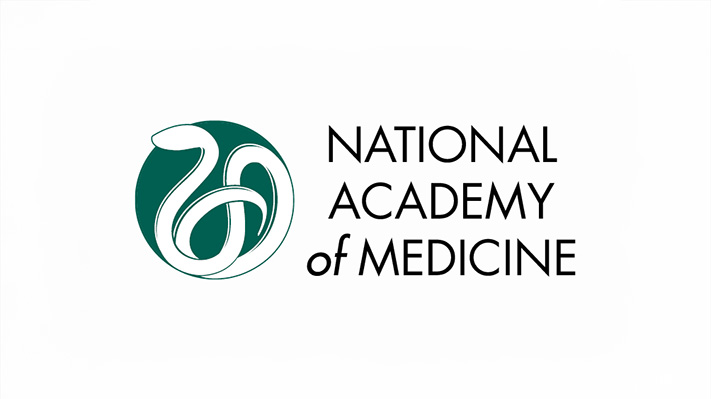NASA astronaut Kate Rubins featured at 2024 NHGRI Symposium
I had a wonderful time catching up with so many genetics and genomics colleagues at the American Society of Human Genetics (ASHG) Annual Meeting last month in snowy Denver. In addition to meeting with the ASHG Board of Directors, I stopped in at a few meetings of research consortia and spent multiple hours greeting genomics and genetics enthusiasts at the NHGRI booth on the exhibit floor. I am already looking forward to the 2025 ASHG meeting in Boston!
Shortly thereafter, I experienced two intensely wonderful days at the 2024 NHGRI Symposium, an annual event that brings together staff from across the entire institute, providing an opportunity to learn from others and to celebrate the latest accomplishments at the forefront of genomics. This year’s two keynote speakers were Karina Walters, Ph.D., M.S.W., director of NIH’s Tribal Health Research Office (THRO), and NASA astronaut Kate Rubins, Ph.D. (more on her talk below). A video of Dr. Walters’ talk is now available on NHGRI’s YouTube channel, GenomeTV.
Finally, I would like to remind you that applications are now open for the ASHG-NHGRI Genomics and Public Service Fellowship Program and nominations are currently being accepted for the 2024 Bettie J. Graham Leadership Award for Enhancing Diversity, Equity, Inclusion, and Accessibility (DEIA) in the Genomics Workforce. The submission deadlines are January 5 and January 17, respectively.
All the best,
![]()
In This Issue
Genomics Research Spotlight
Examining epigenetic aging in the post-mortem brain in attention deficit hyperactivity disorder
Shastri, et al.
Front. Genet., Oct 2024, PMID: 39440240
As we age, the chemical tags on our genomes (known as the epigenome) start to change. Scientists can look at changes in the patterns of these chemical tags to estimate how different parts of our bodies are aging biologically. Recently, NHGRI researchers examined these patterns to determine whether attention deficit hyperactivity disorder (ADHD) — a common neurodevelopmental condition characterized by inattention, hyperactivity, and impulsivity — affects how the human brain ages. Previous studies have found that in other neurodevelopmental conditions, such as autism spectrum disorder, certain regions of the brain show accelerated aging according to the epigenome. However, after examining post-mortem tissue of people with ADHD, the researchers found no differences in epigenetic aging in the brains between people with and without ADHD. This study is an initial insight into what ways ADHD may or may not affect the brain, and future studies may examine different brain regions and cell types to provide a more complete picture.
This research was supported by the NHGRI Intramural Research Program in the research groups of Laura Elnitski, Ph.D., and Phillip Shaw, Ph.D.
About The Genomics Landscape
A monthly update from the NHGRI Director on activities and accomplishments from the institute and the field of genomics.
Last updated: December 5, 2024





